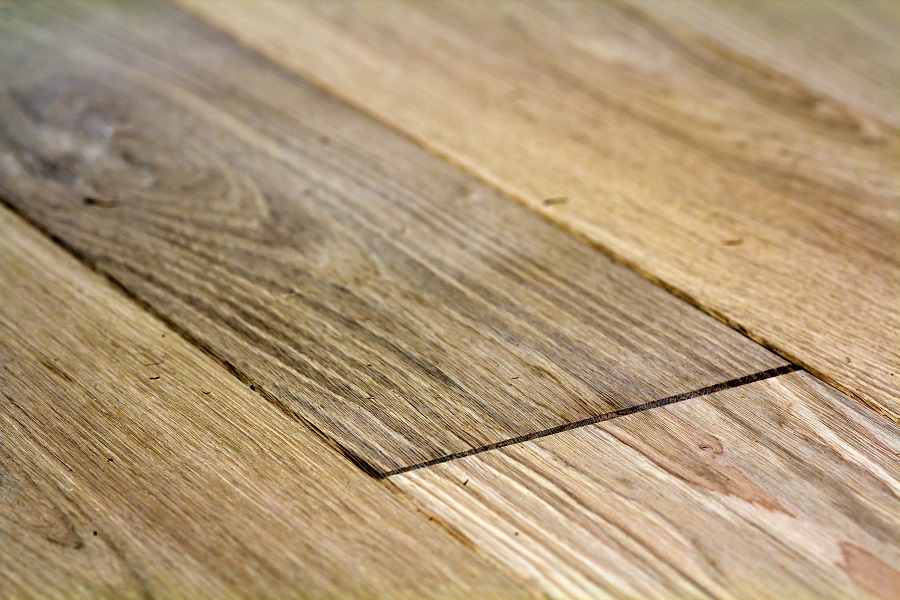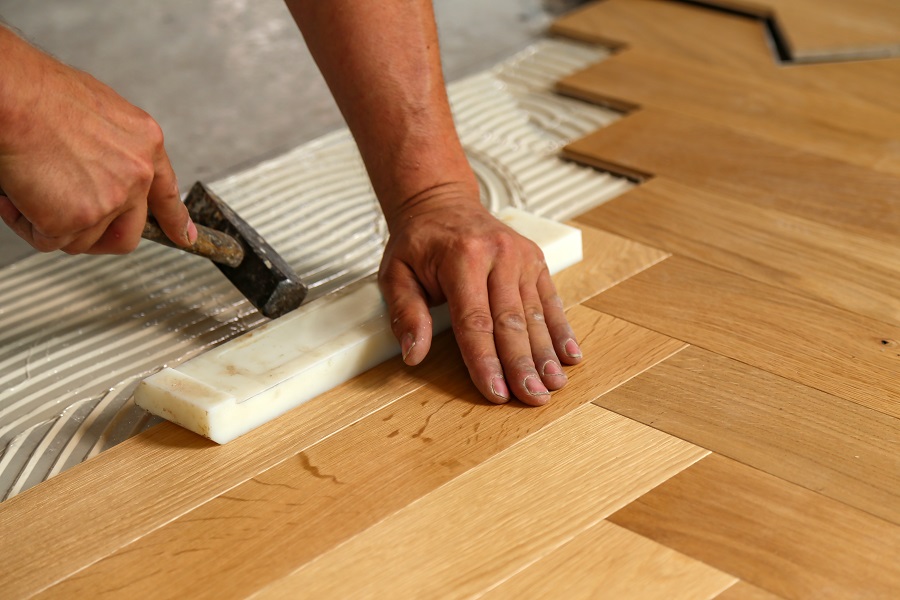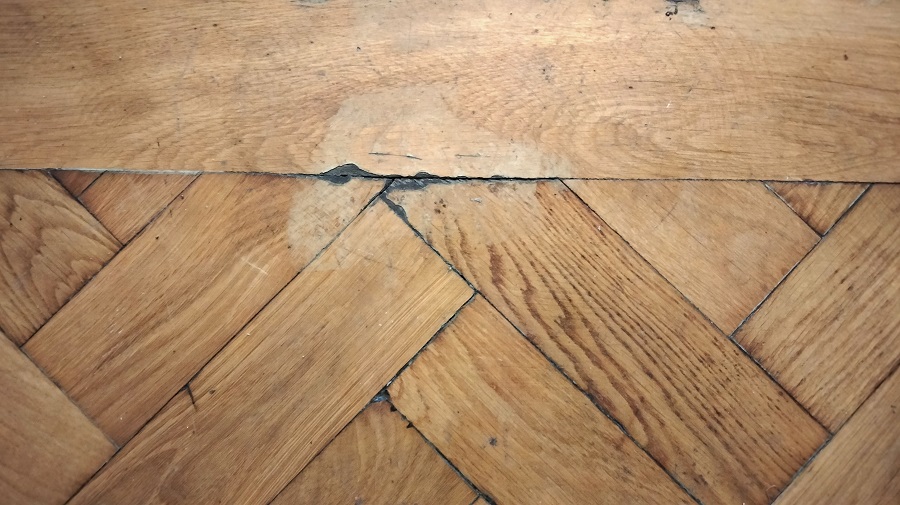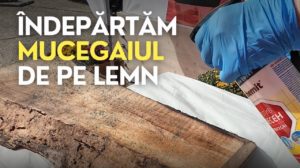Flooring continues to be a favorite flooring choice, despite its sometimes prohibitive price. Being natural and durable, such flooring is seen as an investment. Plus, solid or laminated wood planks personalize your home, making it warm, pleasant and welcoming. But if flooring is not installed correctly, the initial joy can turn into a nightmare. The surface can become badly swollen, the slats can even come loose and the whole look of the room is affected. Find out what causes this behavior and how to avoid it below.

Almost always when it comes to wood, moisture is to blame
When it comes to wood, the first thing to think about when problems arise is water and moisture in the environment. They affect wood, causing dimensional variations and changes in properties. In the case of parquet flooring, it could be environmental moisture or uncontrolled water leakage. Flooring is made of wood dried to a moisture content of 8-12%. The boards tend to absorb excess moisture, swell, increase in volume and begin to push into each other. The swelling occurs in order to relieve the pressure build-up which becomes much too high.
Excess moisture occurs from damp operations in a newly built or renovated home. Putting up walls, plastering and painting them, and pouring sheetrock are all wet processes that take time for water to drain out. If the installation of the flooring is rushed and the water has not been removed, it is absorbed into the wood. As a result, the wood will swell.
Damp is also dangerous for old parquet. Protecting with varnish or oil is effective at keeping the water that is used to clean the floor away from the wood, but it is not a barrier to water from a burst pipe, a broken radiator or air conditioning. A large amount of water standing for a longer period of time manages to seep in and thus creates the conditions for the flooring to swell.
How to make the installation to avoid swelling
The first thing to keep in mind is that wood naturally exchanges moisture with the environment which leads to swelling and shrinking it. That's why parquet flooring should be installed with expansion joints, i.e. a small space in the wall, covered by the baseboard, to allow for an increase in volume without other consequences. Experts recommend that this space should be 10-15 mm or 3 mm for every meter of room in that direction.
The flooring must be acclimatized before mounting. This means that the boards must be brought into the space where they will be installed and left for a period to equilibrate their humidity with that of the environment. For laminated wood 3-5 days is recommended, and for solid wood 7-14 days. The bundles should be unpacked and the boards should be turned as much as possible, not in compact piles. The humidity inside should be 40-60% and the space heated (18-24°C).
The flooring is not installed until the screed and walls are dry. Indoor ventilation should be provided to promote drying.
Flooring can be laid on concrete screed or on chipboard, OSB, plywood or an old wooden floor. It is important that they are dry. The humidity of the substrate must not exceed 10-12%. If the flooring is replacing an old floor, the substrate must be straight, clean and free of adhesive or other residues.
If underfloor heating is desired, the flooring must be specially made for such use. Beech wood is not recommended, but oak, mahogany or walnut flooring can be used. Find here Read more about using this type of heating.

If you discover that the floor has swollen, the safest thing to do is to contact a specialist
When such a problem occurs, the cause must be identified immediately and eliminated. Sometimes the situation can be complicated, which is why it is advisable to consult a specialist. General recommendations are:
- Find the source that generates additional moisture and eliminate it. Control all sources that could generate leaks;
- using a dehumidifier. Warning! It will only help if it is a minor problem. If it's a leak that isn't fixed, the dehumidifier will help momentarily, but the problem will return;
- creating expansion joints, if they do not exist. Reposition the slats to make room for the wall;
- ventilate the room after removing the cause to ensure drying;
- if the swelling does not disappear after removing the cause and after a few days of ventilation and temperature for drying, the raised elements are removed and the screed checked. If it has very high humidity it may not have been dried properly from the start. In this case the flooring is completely removed, the screed is left to dry, then the cleaned wooden elements with a moisture content between 8 and 12% are installed in place.
How to maintain wooden floors for maximum durability over time
Flooring needs to be protected and maintained to have a long life. Varnishes or oils are used for protection. Lacquers are tougher and offer longer protection, but if cracks appear, the floor must be rașchetat and varnished again. If it is not refinished, water used for cleaning or water on the shoes will penetrate under the film and damage the wood. Oil is less resistant over time and therefore periodic refinishing is recommended. For better resistance a wax layer can be applied over the oil layer.

Flooring should not be washed with copious amounts of water or cleaned with abrasives that can remove the finish. Special cleaning materials should be used. They also contain wax which will give extra protection.
Avoid dragging furniture or heavy objects or wearing footwear that may scratch the flooring. It is also advisable to control air humidity, avoid large temperature swings and avoid maintaining very high room temperatures.
I hope you find the information useful. As always, additions are welcome. And if you have any questions or queries, please leave them below in the dedicated space. I will be sure to reply.




































Add comment